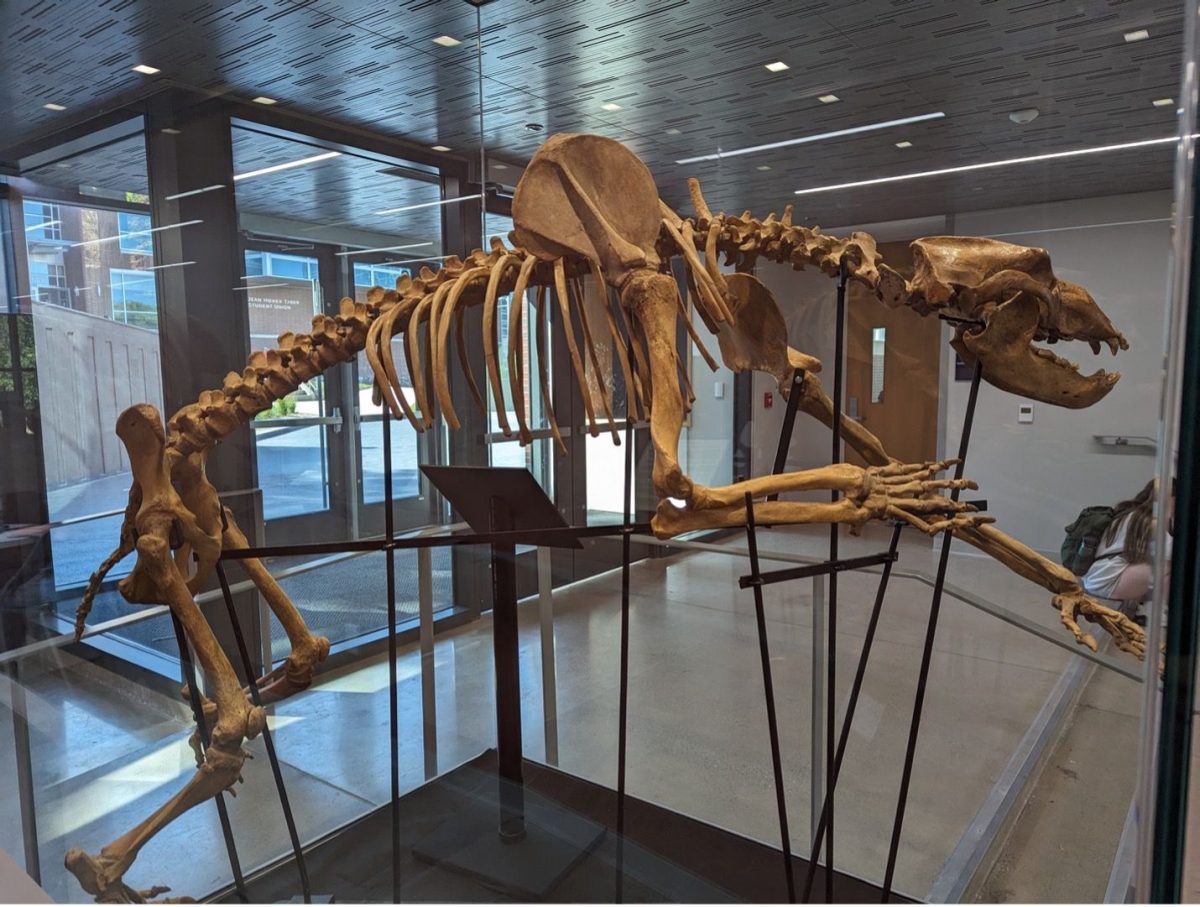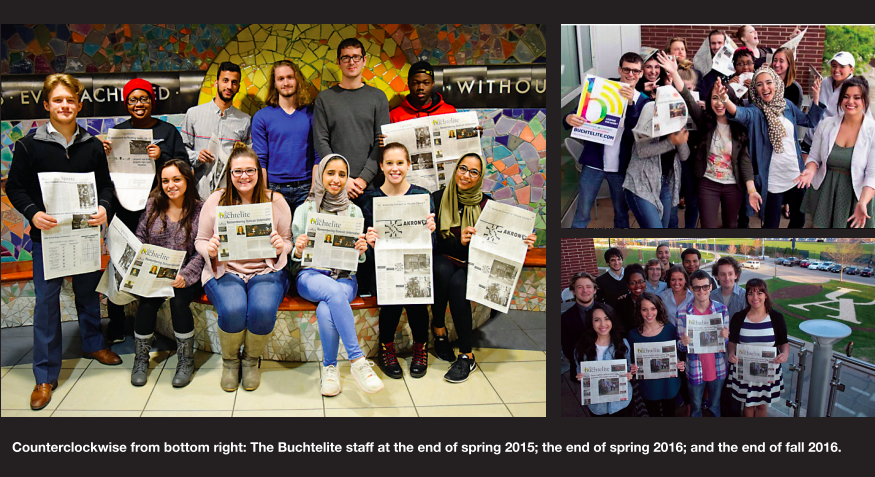“There’s an old saying you might have heard: It’s not really art until someone loses his pants. If you’ve never heard this before, you’ve probably never seen Cut Piece, Yoko Ono’s performance art. I’ve never considered myself an artist, but for a short time on Aug.”
“
There’s an old saying you might have heard: It’s not really art until someone loses his pants. If you’ve never heard this before, you’ve probably never seen Cut Piece, Yoko Ono’s performance art.
I’ve never considered myself an artist, but for a short time on Aug. 29 in the auditorium of the Akron-Summit County Public Library, I was. My assistants included 60-70 audience members, a sharp pair of scissors and John Noga, a trusting performer.
A graduate student in arts administration, Noga worked with Kevin Concannon, associate professor of art, to bring Cut Piece to the stage. Cut Piece was last seen in New York in 2003, and Ono, who was 70 years old at the time, performed it.
Last week’s performance marks the first time the piece has been done on an Ohio stage. If you missed it, you should hope that it wasn’t also the last Ohio performance.
While waiting for the performance to start, I’ll admit I had my reservations. I was intrigued by the seemingly simple concept of the piece: a performer sits on stage wearing his or her best clothes while audience members take turns cutting off pieces of the performer’s clothing.
According to a handout from the Mary Schiller Myers School of Art, Cut Piece has recently been understood as a feminist performance piece. Ono herself claims to have performed Cut Piece in the name of peace, and against ageism, racism and sexism.
Call me old-fashioned, but I was hesitant to embrace all those isms. Initially, I was stand-offish, but that’s because I have an ism of my own. It’s called cynicism.
An effective piece of art can do a number of things to the viewing public. It can challenge convention, it can raise awareness on an issue and it can push things to their natural limits. Ono’s Cut Piece, as performed by Noga, succeeds in all three of these. The piece already challenges convention, and by performing in a role usually done by women, Noga adds his own tension to Cut Piece.
This fact was not lost on the audience. Rob Lehr, senior print major, said that Noga needs to know the history behind it in order to give a moving performance.
As the performance began, I nervously took my place in line with the other cutters. It soon became apparent that there were two kinds of cutters. Some were hesitant, and they were almost apologetic as they snipped little pieces from Noga’s outfit. Others were gutsy and cut off large pieces of Noga’s clothing.
When it was my turn to cut, half of Noga’s navy blue sports jacket was missing. I cut a piece from the back of his striped button down, so no one would see my hands shaking.
When I took my seat, I was envious when Lehr showed me the piece he cut: A piece of the sports jacket with the label – from Dillards – and jacket size – 46-tall. Lehr was as proud of his piece as I was jealous.
Watching the other cutters, I became nervous when a man cut a very important piece from Noga’s pants. When I realized he was in danger of losing his pants, I was comforted when Bernadette Houk, senior sculpture major, reminded me that nudity is definitely an issue because we’re in a public place.
Even though he came close, Noga couldn’t bare all, not even for the sake of art.
After about one hour of cutting and nervous laughter, the performance was over when the last cutter, Noga’s mother, crossed the stage. Noga stood up, bowed, then turned around and lost his pants.
He was wearing gray boxer briefs.
After the performance, Noga said he used his only sports jacket for the event, and the pants, shirt and boxer briefs were new.
The most interesting idea behind Cut Piece is that, without an audience, there is no art. This also means that the audience decides the tone of the performance, and the performance can mean something different for each audience member.
According to Mark Soppeland, distinguished professor of art: For each viewer, the work will serve as a mirror of their own personal history and psychology.
“
” #1.1361889:307425187.jpg:cut piece image.jpg:Graduate student John Noga almost bares all in Ono’s exhibit.:Mike Piero / The Buchtelite”












